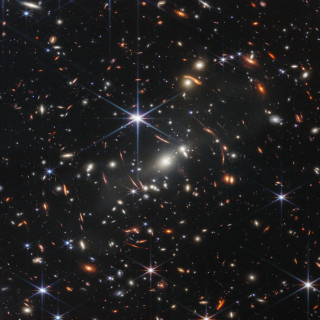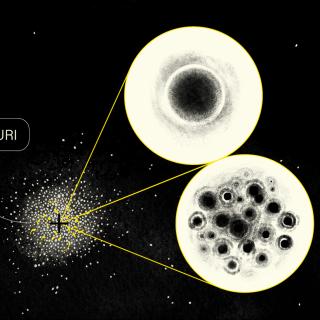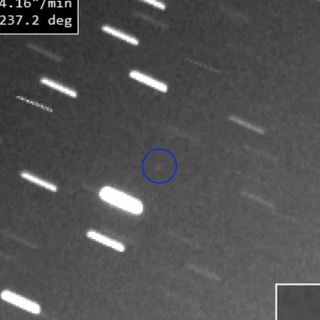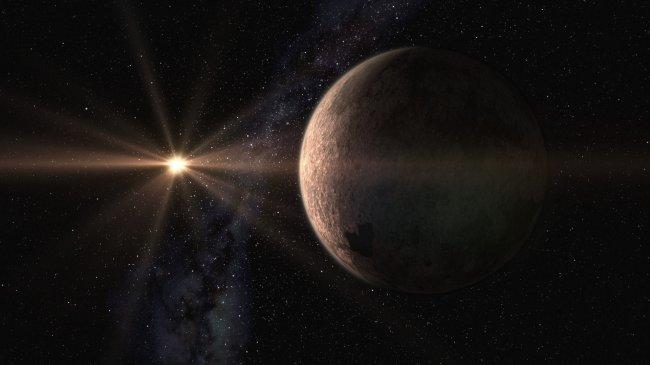It may interest you
-
 An observationally based study, led by Martín López Corredoira, researcher at the Instituto de Astrofísica de Canarias (IAC) has found that certain very distant massive galaxies appear to be older than the limit set by standard cosmology. The study, published in The Astrophysical Journal, is based on the analysis of data recently obtained by the James Webb Space Telescope of galaxies that existed when the universe was only between 4% and 5% of its present age, according to the accepted standard model of cosmology. The researchers infer that the mean age of some of these galaxies would not beAdvertised on
An observationally based study, led by Martín López Corredoira, researcher at the Instituto de Astrofísica de Canarias (IAC) has found that certain very distant massive galaxies appear to be older than the limit set by standard cosmology. The study, published in The Astrophysical Journal, is based on the analysis of data recently obtained by the James Webb Space Telescope of galaxies that existed when the universe was only between 4% and 5% of its present age, according to the accepted standard model of cosmology. The researchers infer that the mean age of some of these galaxies would not beAdvertised on -
 Omega Centauri is a large globular cluster, containing almost ten million stars, in the direction of the constellation of Centaurus, which has been studied to understand its stellar kinematics, the motions of its stars under the action of the gravitational forces which act on them. A research team at the Instituto de Astrofísica de Canarias (IAC) has just published a study which shows that a group of black holes dominates the movements of its stellar kinematics. This result can be extended to certain other structures in the universe and goes against some previous claims about the role of lowAdvertised on
Omega Centauri is a large globular cluster, containing almost ten million stars, in the direction of the constellation of Centaurus, which has been studied to understand its stellar kinematics, the motions of its stars under the action of the gravitational forces which act on them. A research team at the Instituto de Astrofísica de Canarias (IAC) has just published a study which shows that a group of black holes dominates the movements of its stellar kinematics. This result can be extended to certain other structures in the universe and goes against some previous claims about the role of lowAdvertised on -
 The discovery of 2024 NP2 took place during the night of July 4th in images taken during the commissioning of the TST, a new telescope recently installed at the Teide Observatory. On July 4th the first regular observations were made in the commissioning of the Transient Survey Telescope (TST), an astronomical installation produced by a public-private collaboration between the IAC and the Canary company Light Bridges , at the Teide Observatory (Tenerife). The TST is a robotic telescope with a wide field. With a 1 metre telescope and a camera using an sCMOS detector at its prime focus, it canAdvertised on
The discovery of 2024 NP2 took place during the night of July 4th in images taken during the commissioning of the TST, a new telescope recently installed at the Teide Observatory. On July 4th the first regular observations were made in the commissioning of the Transient Survey Telescope (TST), an astronomical installation produced by a public-private collaboration between the IAC and the Canary company Light Bridges , at the Teide Observatory (Tenerife). The TST is a robotic telescope with a wide field. With a 1 metre telescope and a camera using an sCMOS detector at its prime focus, it canAdvertised on

